Home>Gardening & Outdoor>Landscaping Ideas>How Often Should Bermuda Grass Be Mowed


Landscaping Ideas
How Often Should Bermuda Grass Be Mowed
Published: January 24, 2024
Discover the best mowing frequency for Bermuda grass and elevate your landscaping with expert tips and ideas. Keep your lawn healthy and vibrant with our comprehensive guide.
(Many of the links in this article redirect to a specific reviewed product. Your purchase of these products through affiliate links helps to generate commission for Storables.com, at no extra cost. Learn more)
Introduction
Welcome to the world of Bermuda grass, where lush green lawns and vibrant landscapes abound. As a proud homeowner or dedicated landscaper, you understand the importance of maintaining a healthy and visually appealing lawn. One of the crucial aspects of Bermuda grass care is regular mowing, which not only contributes to the aesthetic appeal of your lawn but also plays a significant role in its overall health and vitality.
Understanding the ideal mowing frequency for Bermuda grass is essential for promoting its growth, resilience, and lush appearance. In this comprehensive guide, we will delve into the factors that influence mowing frequency, explore the optimal mowing schedule for Bermuda grass, and provide valuable tips for maintaining a thriving lawn. Whether you’re a seasoned lawn care enthusiast or a novice homeowner looking to elevate your landscaping game, this article will equip you with the knowledge and insights needed to keep your Bermuda grass looking its best.
Key Takeaways:
- Mow Bermuda grass every 5-7 days in spring and summer, 7-10 days in fall, and 2-4 weeks in winter. Adjust based on growth, weather, and health for a vibrant, well-maintained lawn.
- Maintain Bermuda grass by watering deeply, fertilizing, aerating, managing thatch, sharpening mower blades, controlling weeds, and monitoring pests. Consistent care leads to a resilient, lush lawn.
Read more: How Often To Mow The Grass
Factors Affecting Mowing Frequency
Several factors come into play when determining the ideal mowing frequency for Bermuda grass. Understanding these variables is crucial for maintaining a healthy and visually appealing lawn. Let’s explore the key factors that influence how often you should mow your Bermuda grass:
- Growth Rate: Bermuda grass is known for its vigorous growth, especially during the warmer months. The rate of growth can vary based on factors such as sunlight exposure, soil fertility, and water availability. Lawns with optimal growing conditions may require more frequent mowing to keep the grass at an ideal height.
- Seasonal Variations: The mowing frequency for Bermuda grass often fluctuates with the changing seasons. In spring and summer, when growth is at its peak, more frequent mowing is typically necessary to prevent the grass from becoming overgrown. As the weather cools in fall and winter, the grass’s growth rate slows, necessitating less frequent mowing.
- Weather Conditions: Rainfall, temperature, and humidity can significantly impact the growth patterns of Bermuda grass. Periods of abundant rainfall and warm temperatures can spur rapid growth, requiring more frequent mowing to maintain an optimal lawn height. Conversely, drought conditions may slow the grass’s growth, leading to less frequent mowing.
- Grass Health: The overall health and vigor of the Bermuda grass play a role in determining mowing frequency. Well-nourished, healthy lawns tend to exhibit robust growth, necessitating more frequent mowing to keep the grass at an ideal height. Conversely, stressed or weakened grass may grow more slowly, requiring less frequent mowing.
- Mowing Height: The mowing height set for Bermuda grass can influence the frequency of mowing. Lower mowing heights may necessitate more frequent mowing sessions to maintain the desired lawn appearance, while higher mowing heights can prolong the intervals between mowing sessions.
By considering these factors, you can better gauge the optimal mowing frequency for your Bermuda grass, ensuring that your lawn remains healthy, vibrant, and well-maintained throughout the year.
Ideal Mowing Frequency for Bermuda Grass
When it comes to mowing Bermuda grass, striking the right balance is key. While regular mowing is essential for a well-manicured lawn, mowing too frequently or infrequently can have adverse effects on the grass’s health and appearance. To maintain a thriving Bermuda grass lawn, it’s important to adhere to an optimal mowing schedule that aligns with the grass’s growth patterns and seasonal variations. Here’s a comprehensive guide to the ideal mowing frequency for Bermuda grass:
Spring and Summer: During the active growing season, Bermuda grass typically requires more frequent mowing to keep it at an optimal height. Aim to mow your lawn every 5 to 7 days, or as needed, to prevent the grass from becoming excessively tall and unkempt. Regular mowing during this period helps promote lateral growth, resulting in a denser and more resilient lawn.
Fall: As the temperatures begin to cool in the fall, Bermuda grass’s growth rate slows down. During this season, you can adjust your mowing frequency to every 7 to 10 days, depending on the grass’s growth patterns and your local climate. It’s important to continue mowing as needed to maintain a well-groomed appearance and prevent thatch buildup.
Winter: In cooler regions, Bermuda grass may go dormant or experience minimal growth during the winter months. As a result, mowing frequency can be reduced significantly, with mowing sessions occurring every 2 to 4 weeks, as needed. It’s essential to monitor the grass’s condition and adjust your mowing schedule accordingly to prevent the lawn from becoming overgrown.
While these guidelines provide a general framework for mowing Bermuda grass, it’s important to observe your lawn’s specific growth patterns and adjust the mowing frequency based on its needs. Regular monitoring and proactive lawn care practices will help you maintain a healthy and visually appealing Bermuda grass lawn throughout the year.
By adhering to an appropriate mowing schedule, you can ensure that your Bermuda grass remains vibrant, well-maintained, and a source of pride for your landscape.
Bermuda grass should be mowed every 5-7 days during the growing season, and every 10-14 days during the dormant season. This helps maintain a healthy and attractive lawn.
Tips for Maintaining Bermuda Grass
Keeping your Bermuda grass in optimal condition goes beyond regular mowing. By incorporating effective maintenance practices into your lawn care routine, you can promote the health, resilience, and lush appearance of your grass. Here are valuable tips for maintaining Bermuda grass and nurturing a thriving lawn:
- Proper Watering: Bermuda grass thrives in well-drained soil and benefits from deep, infrequent watering. Aim to provide the grass with 1 to 1.5 inches of water per week, either through rainfall or irrigation. Watering deeply encourages the development of deep roots, enhancing the grass’s drought tolerance and overall health.
- Fertilization: Regular fertilization is essential for supporting Bermuda grass’s growth and vitality. Apply a balanced fertilizer with a 3-1-2 or 4-1-2 ratio of nitrogen, phosphorus, and potassium in early spring, followed by additional applications in late spring and summer. Be sure to follow the recommended application rates to avoid overfertilization.
- Aerating the Soil: Periodic core aeration helps alleviate soil compaction and promotes better air, water, and nutrient penetration to the grass’s root zone. Consider aerating your Bermuda grass lawn annually, especially if the soil is compacted or if thatch has accumulated.
- Managing Thatch: Thatch, a layer of organic debris that accumulates between the soil and the grass blades, can impede water and nutrient uptake. Dethatching or power raking the lawn as needed helps prevent thatch buildup, promoting a healthier growing environment for Bermuda grass.
- Sharpening Mower Blades: Dull mower blades can tear and damage grass blades, leading to a weakened and unhealthy lawn. Ensure that your mower blades are sharp to achieve clean, precise cuts that promote the grass’s overall well-being.
- Weed Control: Implement a proactive weed control strategy to prevent invasive weeds from encroaching on your Bermuda grass lawn. Regularly inspect the lawn for weeds and address any emerging issues promptly to maintain a pristine turf.
- Monitoring Pest and Disease Activity: Keep an eye out for signs of pest infestations and disease outbreaks in your Bermuda grass. Early detection and targeted treatment can help mitigate potential damage and preserve the lawn’s health.
By incorporating these tips into your lawn care regimen, you can foster a resilient, vibrant Bermuda grass lawn that serves as a stunning centerpiece of your landscape. Consistent maintenance and proactive care will contribute to the long-term health and beauty of your lawn, providing a welcoming outdoor space for relaxation and enjoyment.
Conclusion
As you navigate the intricacies of Bermuda grass maintenance, it becomes clear that mowing frequency is a pivotal aspect of nurturing a healthy and visually appealing lawn. By understanding the factors that influence mowing frequency, embracing the ideal mowing schedule for Bermuda grass, and implementing effective maintenance practices, you can elevate the beauty and resilience of your lawn.
With the vigorous growth patterns of Bermuda grass, especially during the warmer months, adhering to a consistent mowing schedule is essential for promoting lateral growth, preventing thatch accumulation, and maintaining an aesthetically pleasing lawn. By mowing your Bermuda grass at the appropriate frequency for each season and adjusting as needed based on growth patterns and weather conditions, you can ensure that your lawn remains lush and well-groomed throughout the year.
Furthermore, integrating proper watering, fertilization, aeration, and weed control practices into your lawn care routine contributes to the overall health and vitality of your Bermuda grass. By proactively addressing the grass’s needs and monitoring its condition, you can foster a resilient and vibrant lawn that enhances the beauty of your outdoor space.
As you embark on your journey to maintain a thriving Bermuda grass lawn, remember that attentive care, regular monitoring, and a well-executed maintenance plan are the cornerstones of success. By embracing these principles and tailoring your approach to suit your lawn’s unique characteristics, you can enjoy the rewards of a stunning, healthy lawn that enriches your outdoor environment.
May your Bermuda grass thrive, your lawn radiate beauty, and your outdoor oasis provide endless enjoyment for years to come.
Frequently Asked Questions about How Often Should Bermuda Grass Be Mowed
Was this page helpful?
At Storables.com, we guarantee accurate and reliable information. Our content, validated by Expert Board Contributors, is crafted following stringent Editorial Policies. We're committed to providing you with well-researched, expert-backed insights for all your informational needs.

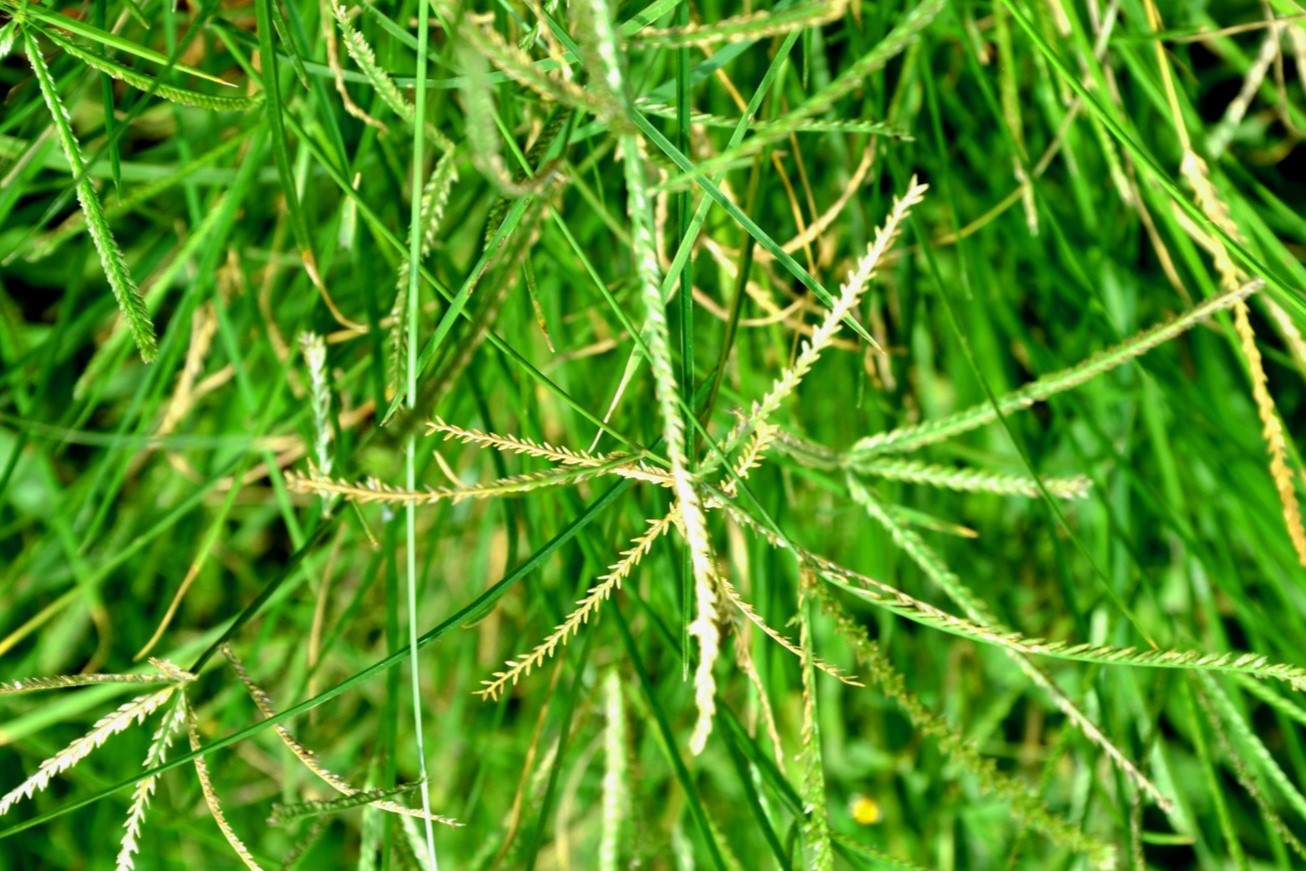
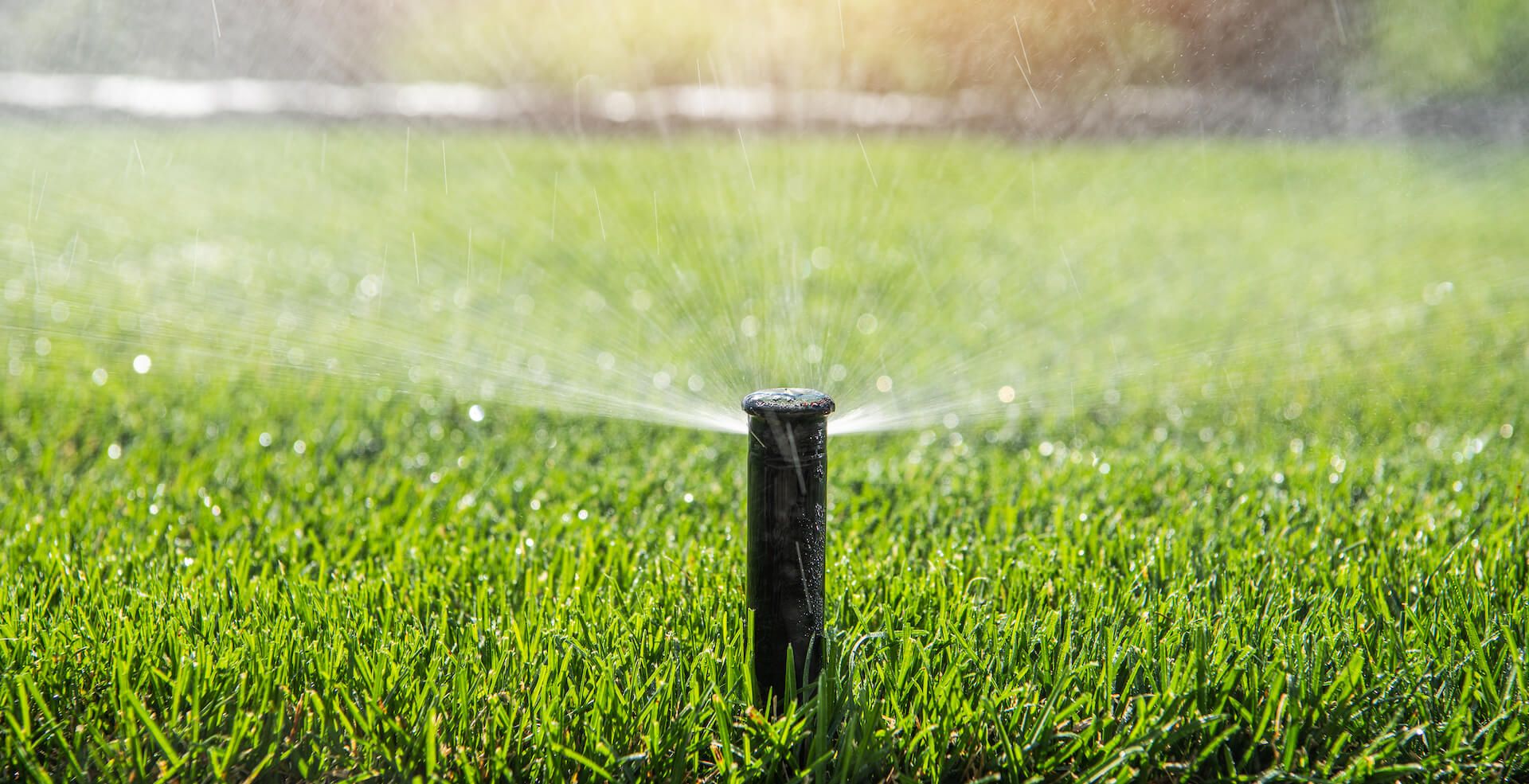

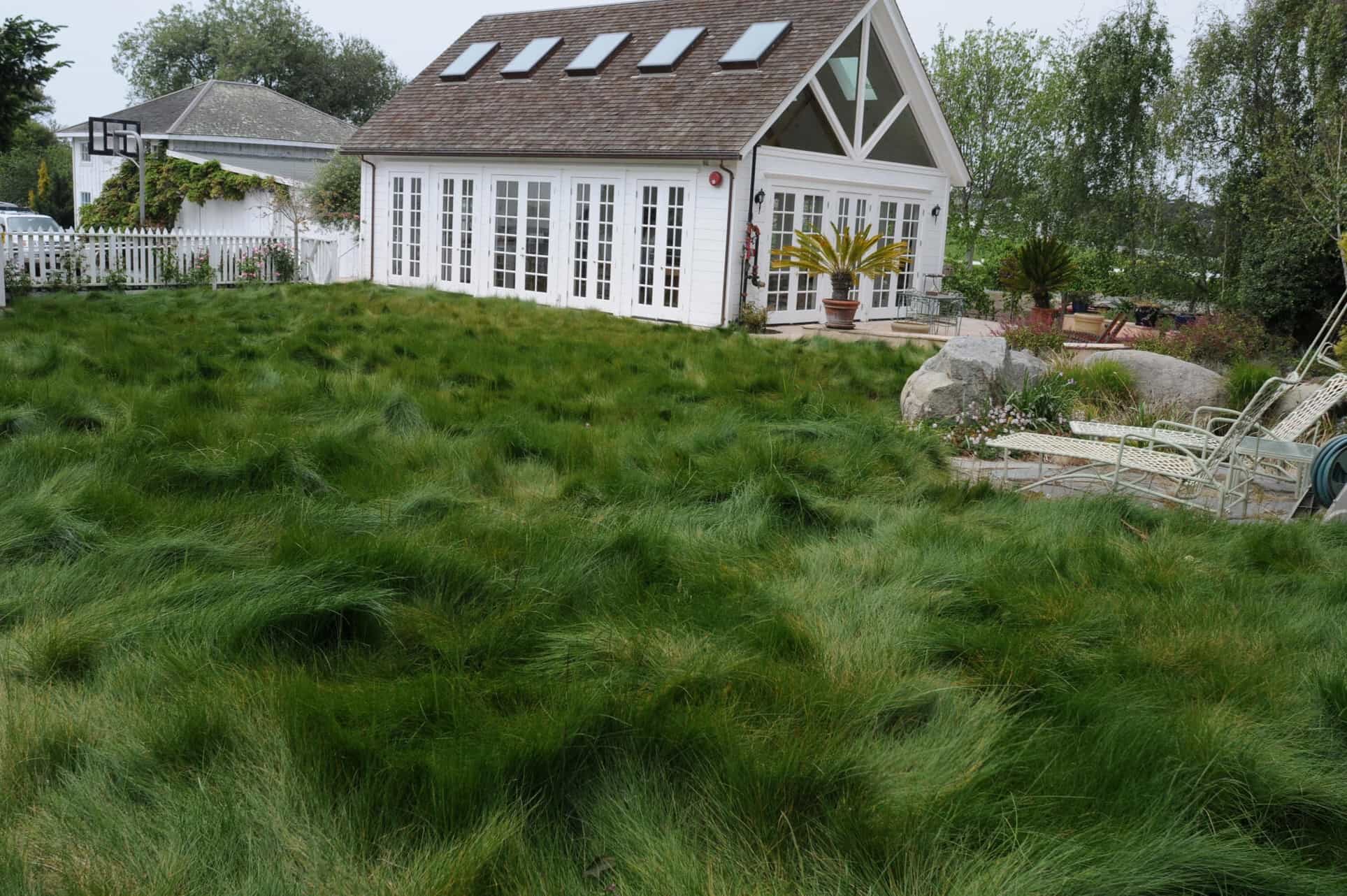


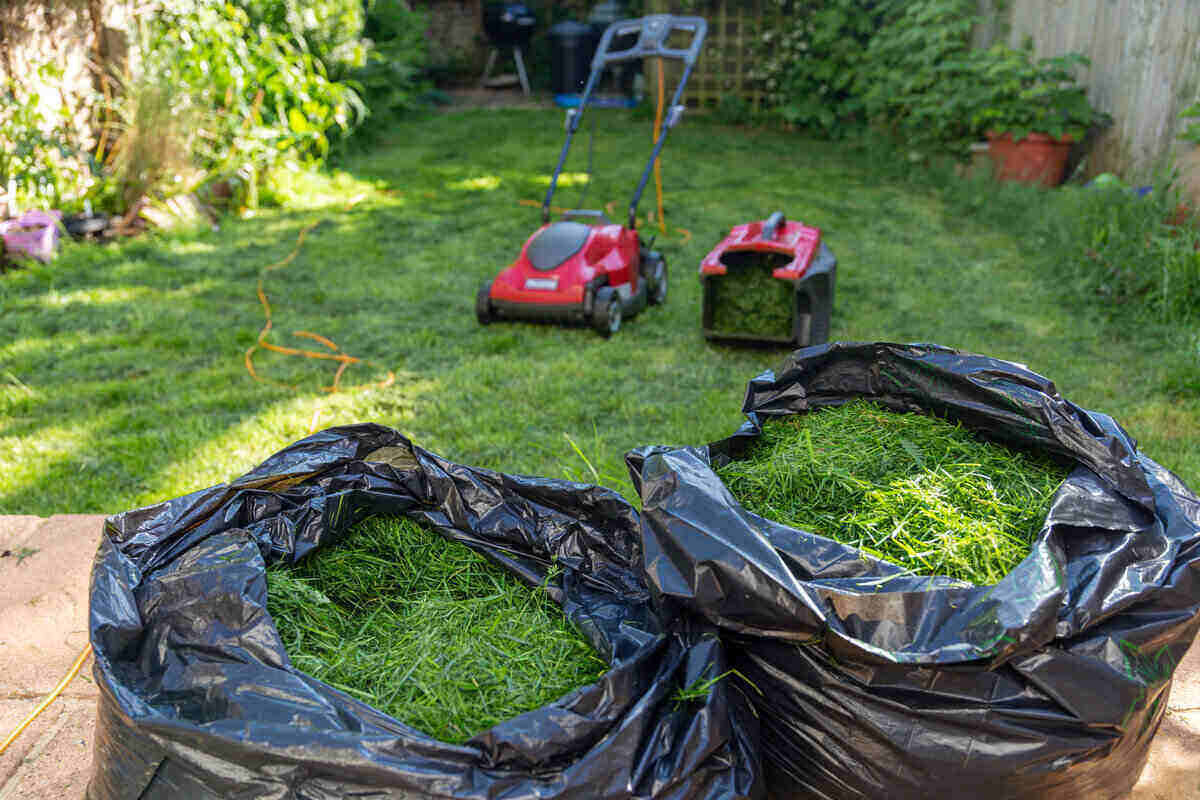

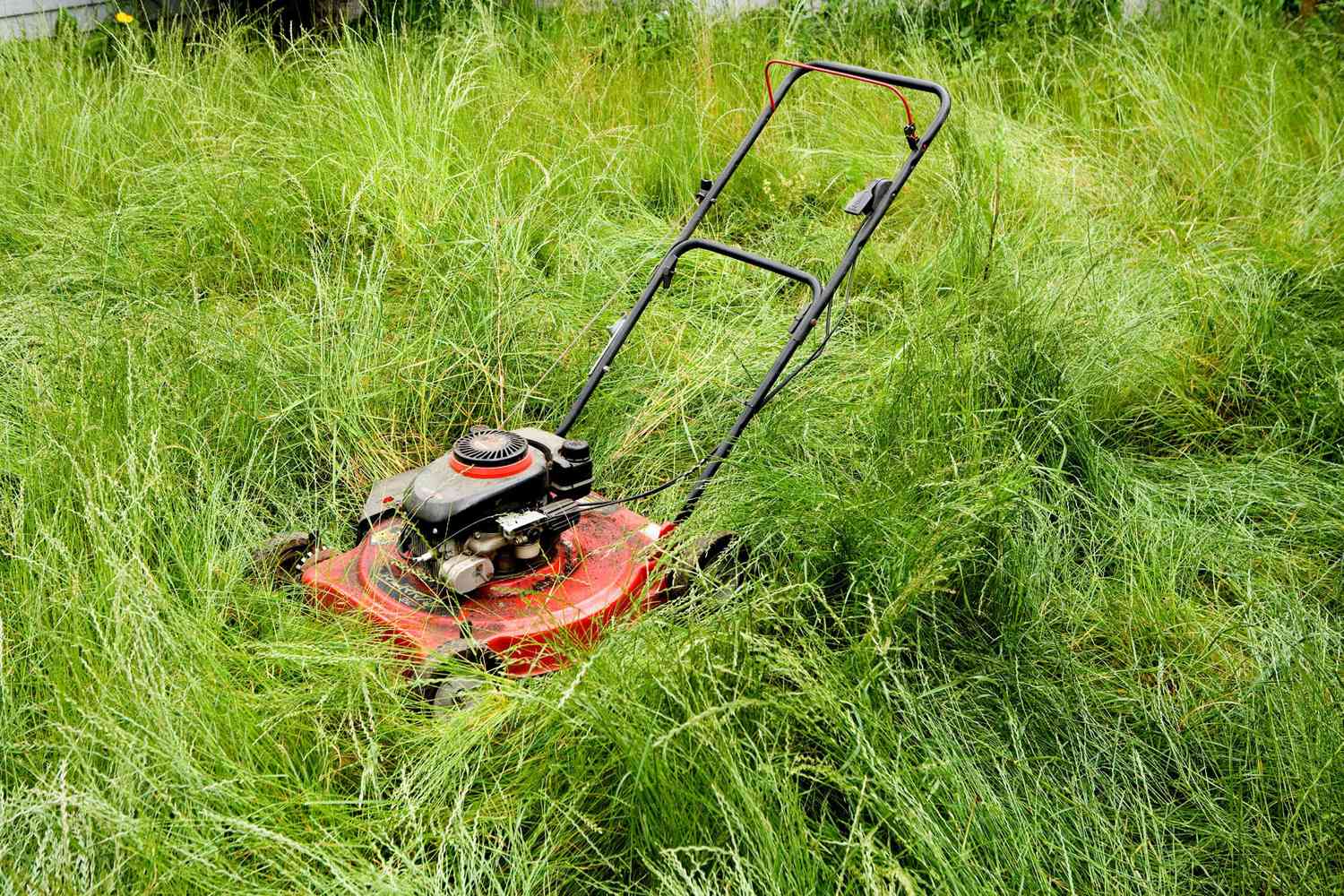

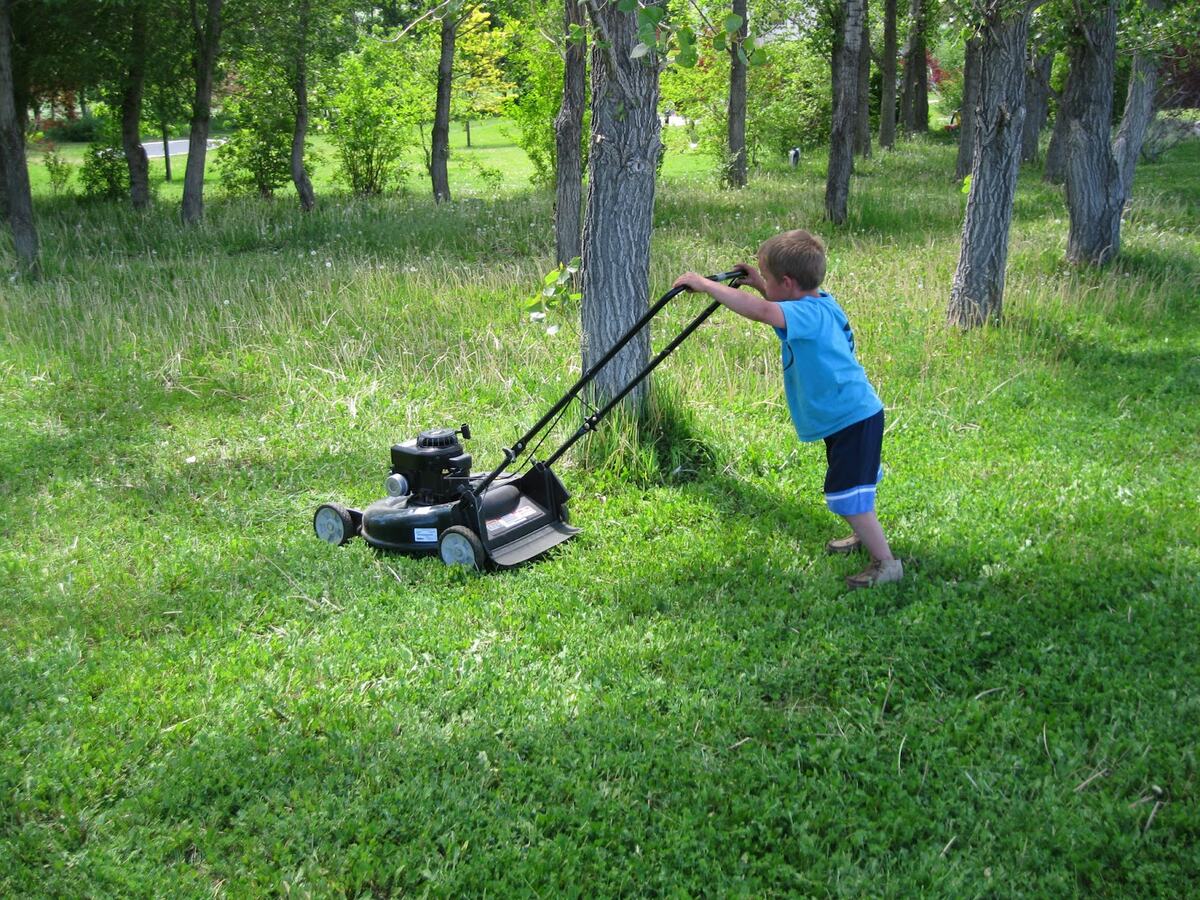
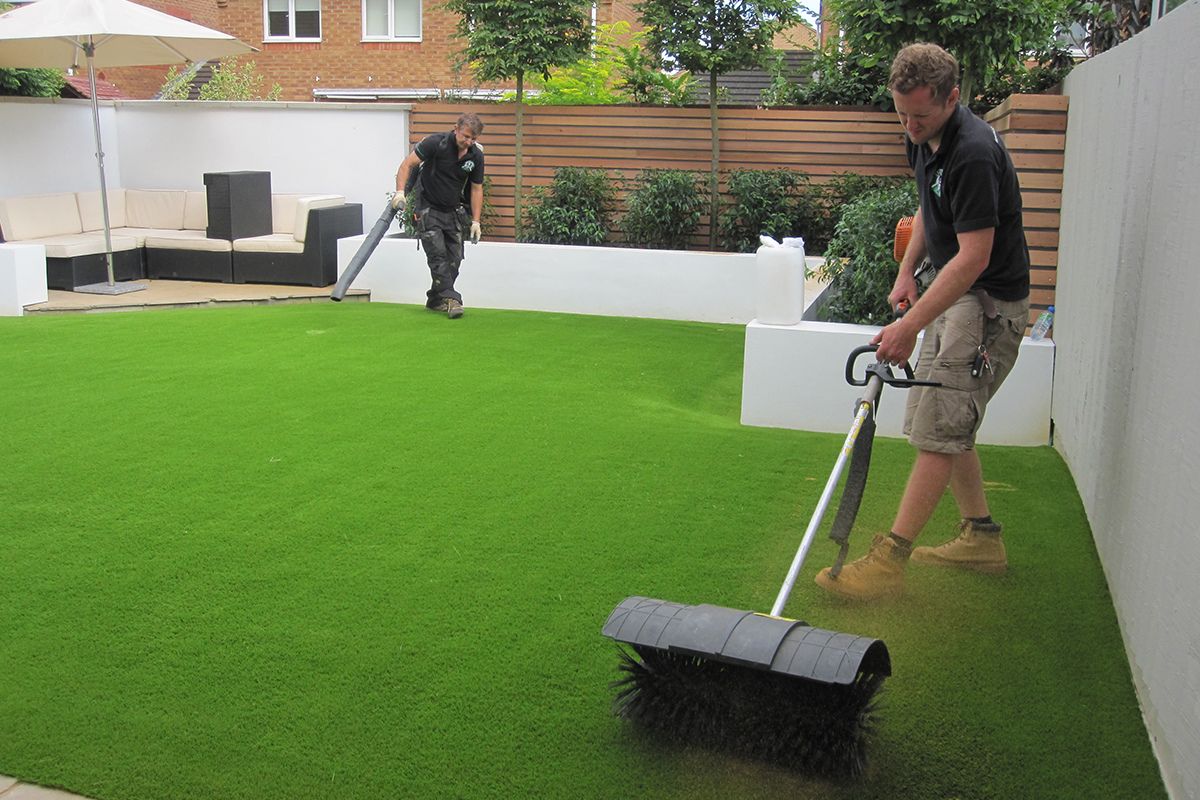

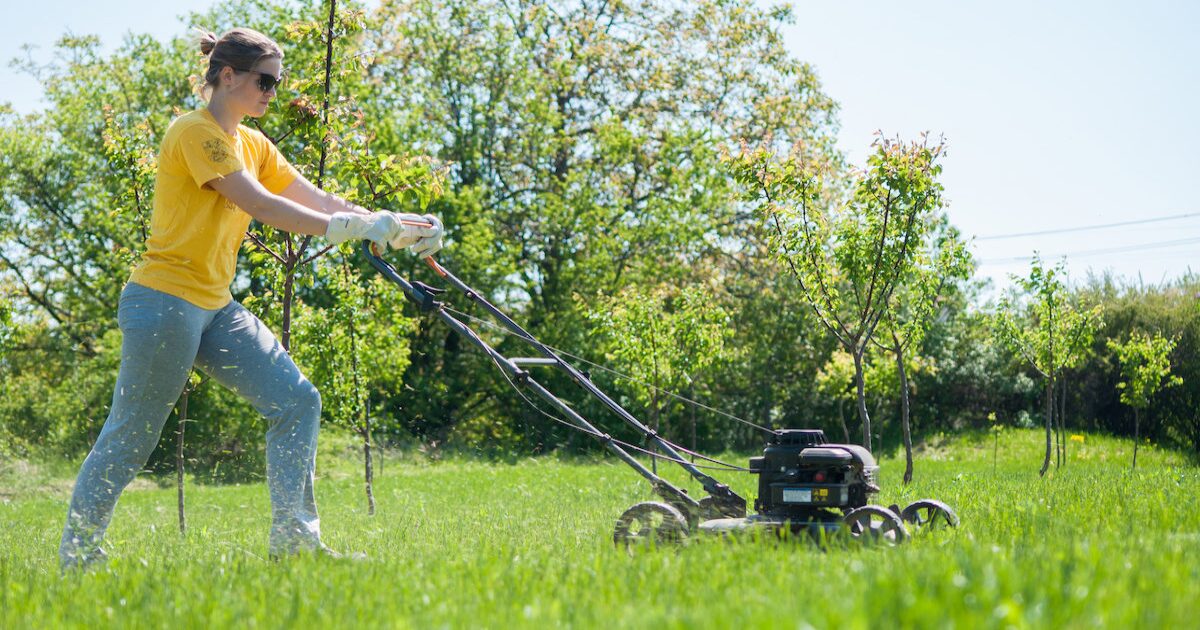

0 thoughts on “How Often Should Bermuda Grass Be Mowed”